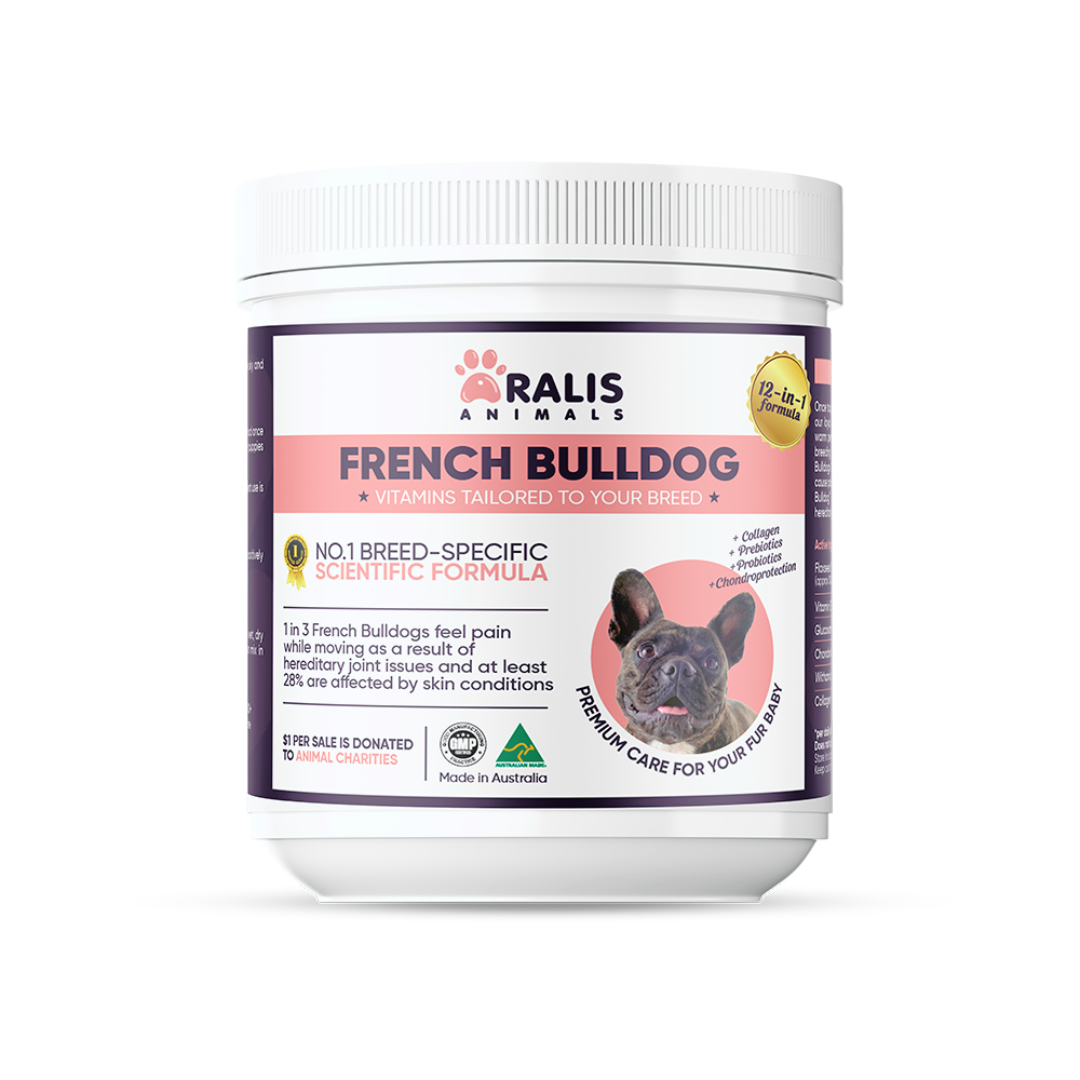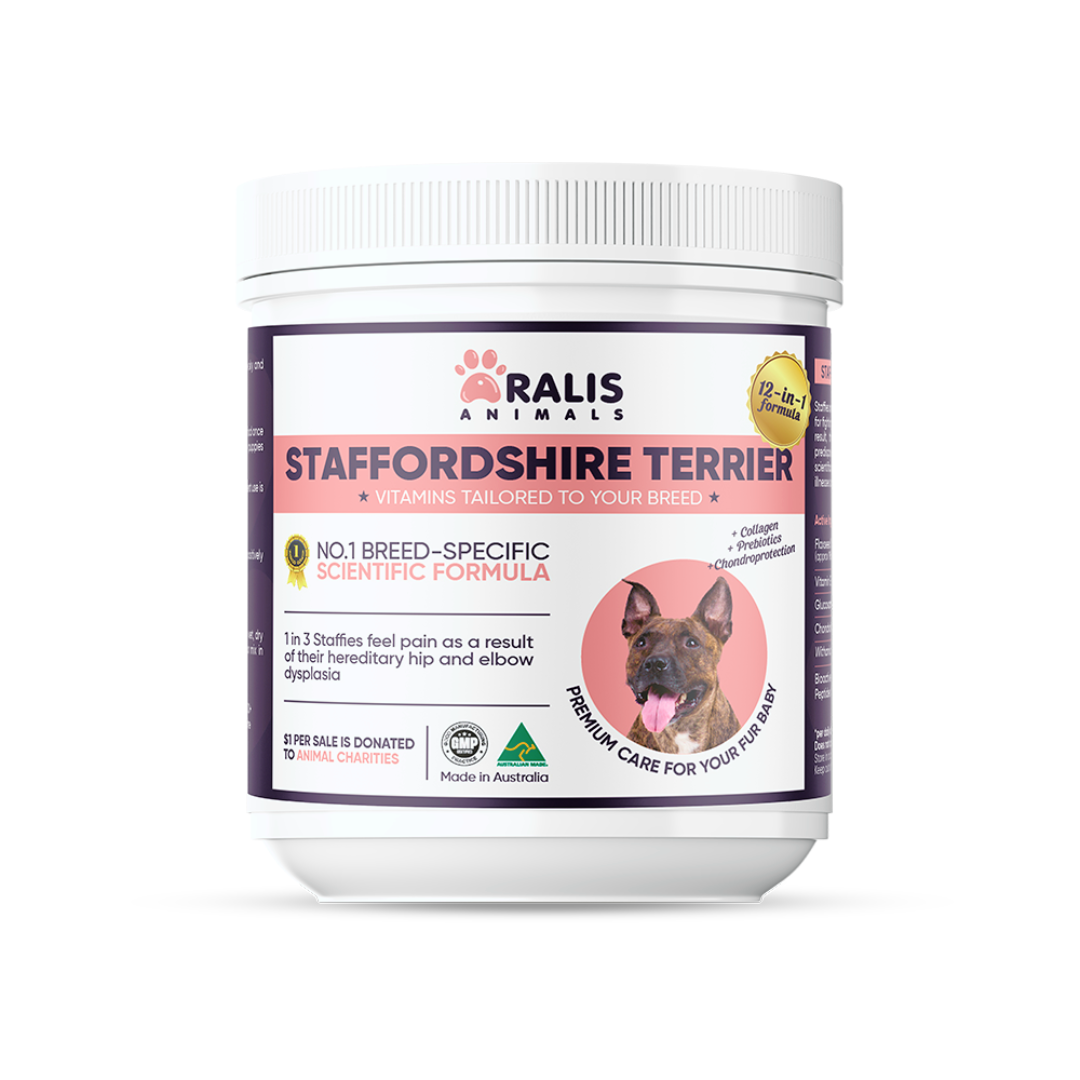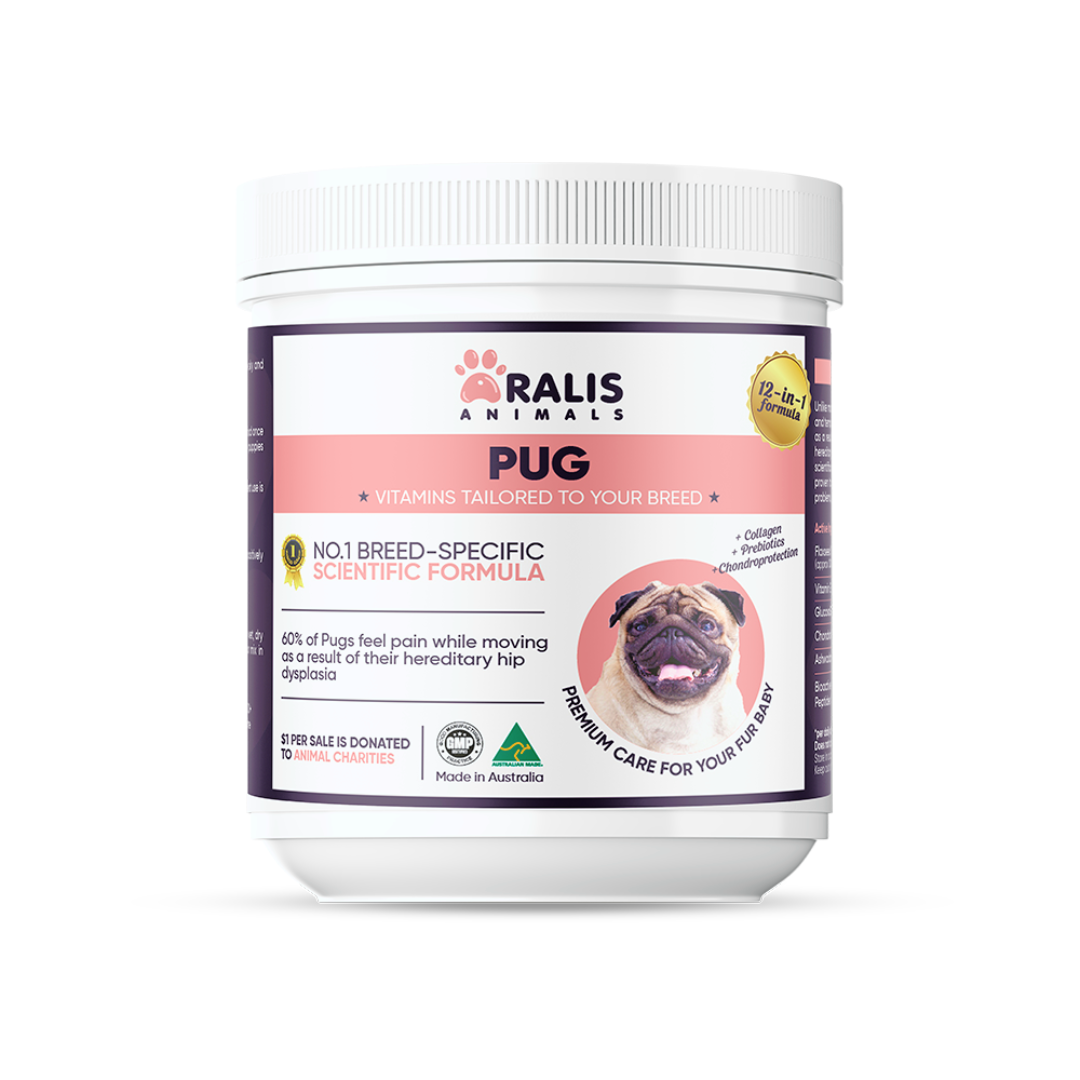10 Hidden Signs Your Dog Has Anxiety (and What to Do About It)
As pet owners, we want nothing more than for our furry companions to be happy and healthy. However, one common issue that many dog owners face is canine anxiety. While the signs of anxiety in dogs can sometimes be obvious, there are also many hidden symptoms that pet parents may overlook. Understanding these subtle indicators can be the key to providing your pup with the support and care they need.
In this comprehensive guide, we'll explore 10 hidden signs of anxiety in dogs, uncover the potential causes, and provide practical solutions to help your four-legged friend overcome their worries. By the end, you'll be equipped with the knowledge to identify and address your dog's anxiety, ensuring their overall well-being and a happier, more fulfilling life together.
Hidden Signs of Dog Anxiety
- Excessive Licking or Chewing: Dogs may engage in excessive licking or chewing as a coping mechanism for their anxiety. This behavior can manifest as constant licking of their paws, legs, or other body parts, or even chewing on furniture, toys, or their own fur.
- Changes in Body Posture: Anxious dogs may exhibit subtle changes in their body language, such as a tucked tail, lowered head, or a tense, rigid stance. These posture shifts can indicate an underlying sense of discomfort or fear.
- Excessive Panting or Drooling: Heightened anxiety can cause a dog's breathing to become more rapid and shallow, leading to excessive panting. Similarly, some anxious dogs may experience increased salivation and drooling.
- Increased Clinginess or Neediness: Anxious dogs may become more clingy, seeking constant attention and physical contact with their owners. They may follow you around the house or become distressed when you leave their side.
- Avoidance Behaviors: Anxious dogs may try to avoid certain situations, people, or objects that they perceive as threatening. This can manifest as hiding, freezing in place, or attempting to escape from the perceived source of their anxiety.
- Changes in Eating Habits: Anxiety can disrupt a dog's normal eating patterns. Some may lose their appetite entirely, while others may overeat as a coping mechanism.
- Excessive Barking or Howling: Anxious dogs may engage in excessive vocalizations, such as barking or howling, as a way to express their distress or discomfort.
- Restlessness or Pacing: Anxious dogs may exhibit restless behaviors, such as pacing back and forth or repeatedly getting up and down, as they struggle to find a comfortable position or settle down.
- Destructive Behaviors: Anxious dogs may engage in destructive behaviors, such as chewing, digging, or scratching, often targeting items or areas that are associated with their owners' departure or absence.
- Changes in Sleep Patterns: Anxiety can disrupt a dog's normal sleep cycle, leading to restless sleep, frequent waking, or even insomnia.
Understanding the Causes of Dog Anxiety
Canine anxiety can stem from a variety of factors, and it's important to identify the underlying causes in order to provide the most effective treatment.
- Separation Anxiety: One of the most common forms of anxiety in dogs is separation anxiety, which occurs when a dog becomes distressed by the absence or departure of their owners.
- Environmental Changes: Significant changes in a dog's environment, such as a move to a new home, the introduction of a new family member, or the loss of a loved one, can trigger anxiety.
- Past Traumas or Experiences: Negative experiences, such as abuse, neglect, or a traumatic event, can contribute to the development of anxiety in dogs, even long after the initial incident.
What to Do About Dog Anxiety
Addressing your dog's anxiety requires a multi-faceted approach, combining various strategies to provide them with the support and care they need.
- Identifying Triggers: Begin by observing your dog's behavior and identifying the specific situations or stimuli that seem to trigger their anxiety. This will help you tailor your approach to their individual needs.
- Creating a Safe Environment: Establish a designated "safe space" for your dog, such as a cozy crate or a quiet room, where they can retreat and feel secure when they're feeling anxious.
- Behavioral Training Techniques: Work with a certified animal behaviorist or trainer to implement positive reinforcement-based training methods, such as desensitization and counterconditioning, to help your dog overcome their fears and anxiety.
- Exercise and Mental Stimulation: Ensure that your dog receives adequate physical and mental exercise, as this can help alleviate anxiety by reducing pent-up energy and providing a healthy outlet for their natural instincts.
- Natural Remedies and Supplements: Consider incorporating natural anxiety-reducing supplements, such as calming herbs, pheromones, or CBD oil, into your dog's routine, always under the guidance of your veterinarian.
- Professional Help and Medication Options: In more severe cases, your veterinarian may recommend medication or a referral to a veterinary behaviorist to help manage your dog's anxiety. These professional interventions can be crucial in providing your pup with the support they need.
Conclusion
Recognizing the hidden signs of anxiety in dogs is the first step towards helping your furry friend overcome their worries and live a happier, more fulfilling life. By understanding the causes, implementing a comprehensive treatment plan, and seeking professional guidance when necessary, you can empower your dog to confront their fears and find the peace of mind they deserve.
Remember, every dog is unique, and what works for one pup may not work for another. Be patient, persistent, and open to trying different approaches until you find the right solution for your beloved companion. With time, care, and the right support, you can help your anxious dog rediscover the joy and confidence they deserve.





